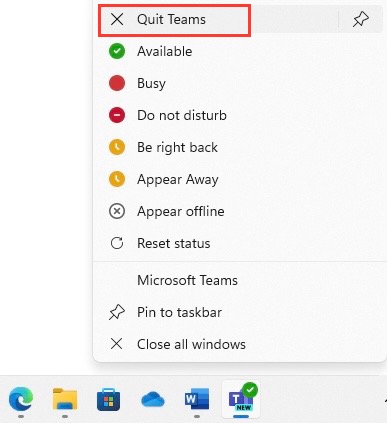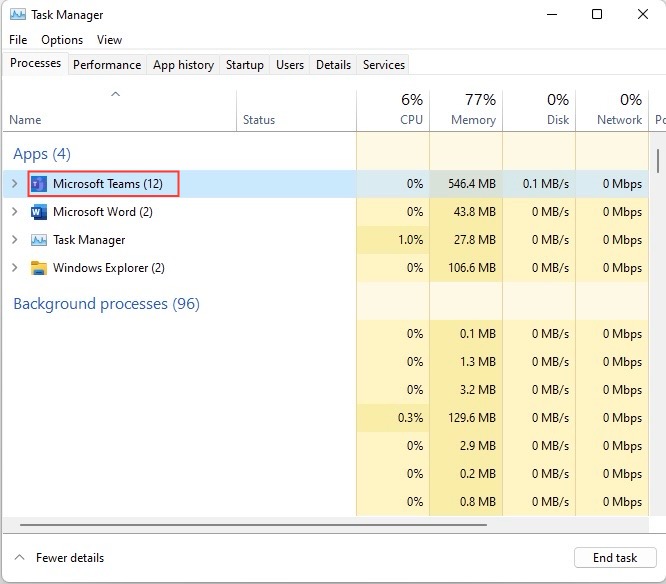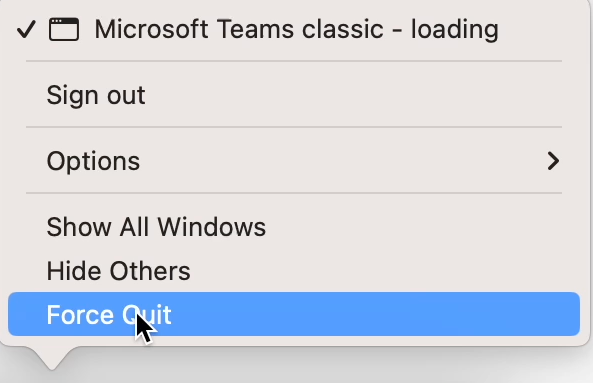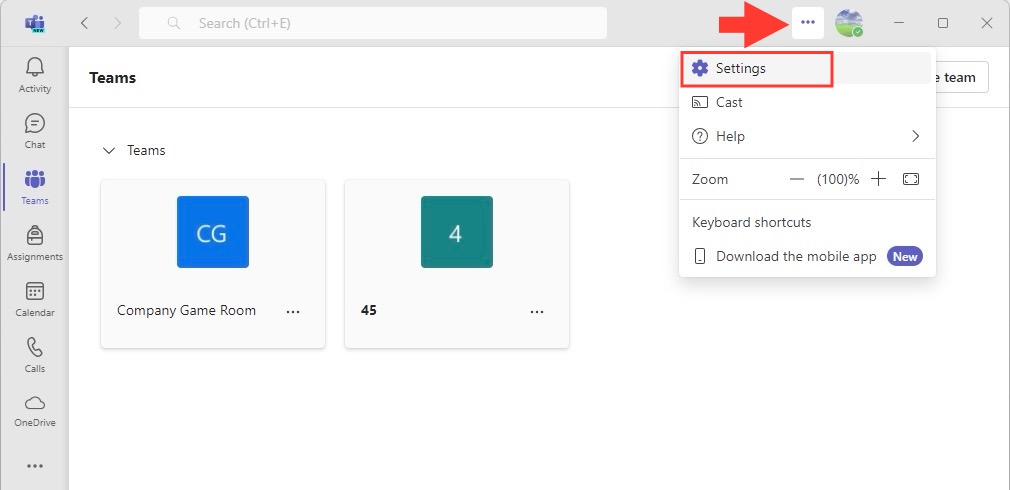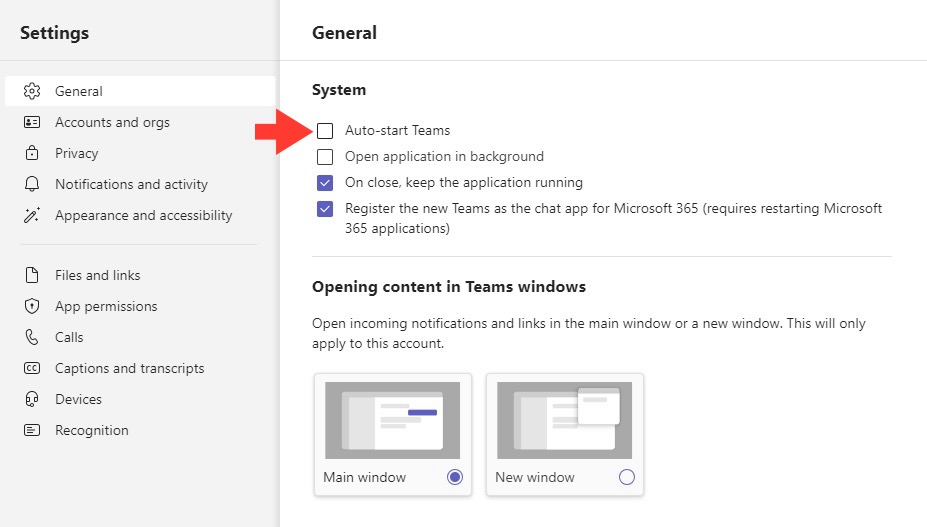If you’re using Microsoft Teams, you may have noticed how it clings to your device, seemingly never letting go even after you’ve attempted to close it. This persistence is intentional, designed to keep you connected and notified. The application runs in the background, continuing its operations quietly. This tenacity ensures you’re always just a notification away from the latest update or message.
Key Takeaways
- To fully close Microsoft Teams, right-click the Teams icon in the system tray (Windows) or the dock (Mac) and select “Quit.”
- Disable the “On close, keep the application running” option in the Microsoft Teams settings under the General tab to ensure the app closes completely when you exit.
- By changing this setting, Teams will no longer run in the background or send notifications after closing the app, conserving system resources.
Why Traditional Exit Methods Don’t Always Work
Traditional methods of closing applications may not always work with Microsoft Teams because it’s designed to stay active, so you remain reachable. When you hit the close button, Teams minimizes rather than shutting down, operating from the system tray or dock, both on Windows and Mac. This behavior is due to certain default settings aimed to keep you in the loop with real-time notifications and updates, without having to relaunch the app every time. It makes for efficient communication but can be puzzling if you’re expecting the app to completely exit.
Table of Contents
Manual Shutdown Maneuvers
Step-by-Step: Forcing Teams to Quit on Windows
To fully exit Microsoft Teams on Windows, we have to go beyond the close button. Here’s a step-by-step on how to do it properly:
STEP 1: Locate the Microsoft Teams icon in the system tray at the bottom right of your taskbar.
STEP 2: Right-click on the Teams icon.
STEP 3: From the context menu that appears, select “Quit.”
In some instances, Teams might be a bit more stubborn and refuse to shut down. If that’s the case:
STEP 1: Press Ctrl + Alt + Delete and open your Task Manager.
STEP 2: Scroll through the list of running applications and background processes until you find Microsoft Teams.
STEP 3: Click on Microsoft Teams, and then select ‘End Task’ to force the application to close.
Remember, forcibly closing an application should be your last resort, as it can sometimes lead to data loss or corruption.
The macOS Strategy: Exiting Teams with Finality
On macOS, force quitting Microsoft Teams is a slightly different process than on Windows. To ensure Teams is completely shut down:
STEP 1: If Teams is active, right-click on the Teams app in the dock.
STEP 2: Hold down the ‘Option’ key. This will change the ‘Quit’ option to ‘Force Quit.’ Select ‘Force Quit’ to close Teams.
Just like on Windows, force quitting should be the option of last resort to prevent any unsaved work from being lost.
Common Issues After Force Closing Teams
Force closing Microsoft Teams can sometimes lead to a few common issues when you try to launch it again. You might encounter:
- Sync issues where recent messages or notifications haven’t been updated.
- Trouble signing back in due to interrupted authentication processes.
- Incomplete updates causing error messages or unexpected behavior.
To mitigate these problems, I recommend restarting your device after a force quit to refresh the system processes. If issues persist, a clean reinstallation of Microsoft Teams could be the answer to rectify any lingering complications.
Preventative Measures for Future Ease
Adjusting Settings to Avoid the Auto-Start Trap
To avoid the frustration of Teams automatically starting upon booting up your device, I suggest making a quick adjustment in the settings:
STEP 1: Open Microsoft Teams.
STEP 2: Click on your profile picture at the top right and select ‘Settings.’
STEP 3: Head to the ‘General’ tab.
STEP 4: Find the ‘Application’ section.
STEP 5: Uncheck the box that says ‘Auto-start application.’
Following these steps will prevent Teams from springing to life every time you start your device, giving you control over when you are available on the app.
Pro Tips for a Smooth Teams Experience
For a smoother Microsoft Teams experience, I have a few pro tips to share:
- Regularly update Teams to ensure you have the latest features and security enhancements.
- Utilize the ‘Do Not Disturb’ mode when you need to focus without interruptions.
- Customize your notifications to prioritize important updates and reduce noise.
- Explore keyboard shortcuts to navigate Teams efficiently—a real timesaver!
- Use the web version of Teams when you encounter issues with the desktop app—it can sometimes offer a more stable experience.
By incorporating these tips into your routine, you’ll streamline your workflow and make the most out of what Teams has to offer.
FAQs
How Can I Prevent Teams from Automatically Starting Up?
To prevent Microsoft Teams from automatically starting up, open Teams, click on your profile icon, go to ‘Settings,’ find the ‘General’ tab, and then uncheck ‘Auto-start application.’ This will stop Teams from launching when you boot your computer.
Does Ending Teams Session Affect My Notifications or Messages?
Ending your Teams session will not affect your notifications or messages. They are stored in the cloud and will sync back when you next sign in. However, any notifications that arrive while you are signed out won’t be displayed until you sign back in.
How do I close out of Microsoft Teams?
To close out of Microsoft Teams, you can right-click the Teams icon in your system tray or dock and select ‘Quit.’ This should close the application completely if it behaves as expected.
How do I stop Microsoft Teams from running in the background?
To stop Microsoft Teams from running in the background, open the app, click your profile picture, select ‘Settings,’ click the ‘General’ tab, and uncheck the ‘On close, keep the application running’ option. This change ensures that when you click close, Teams will shut down entirely.
John Michaloudis is a former accountant and finance analyst at General Electric, a Microsoft MVP since 2020, an Amazon #1 bestselling author of 4 Microsoft Excel books and teacher of Microsoft Excel & Office over at his flagship MyExcelOnline Academy Online Course.

